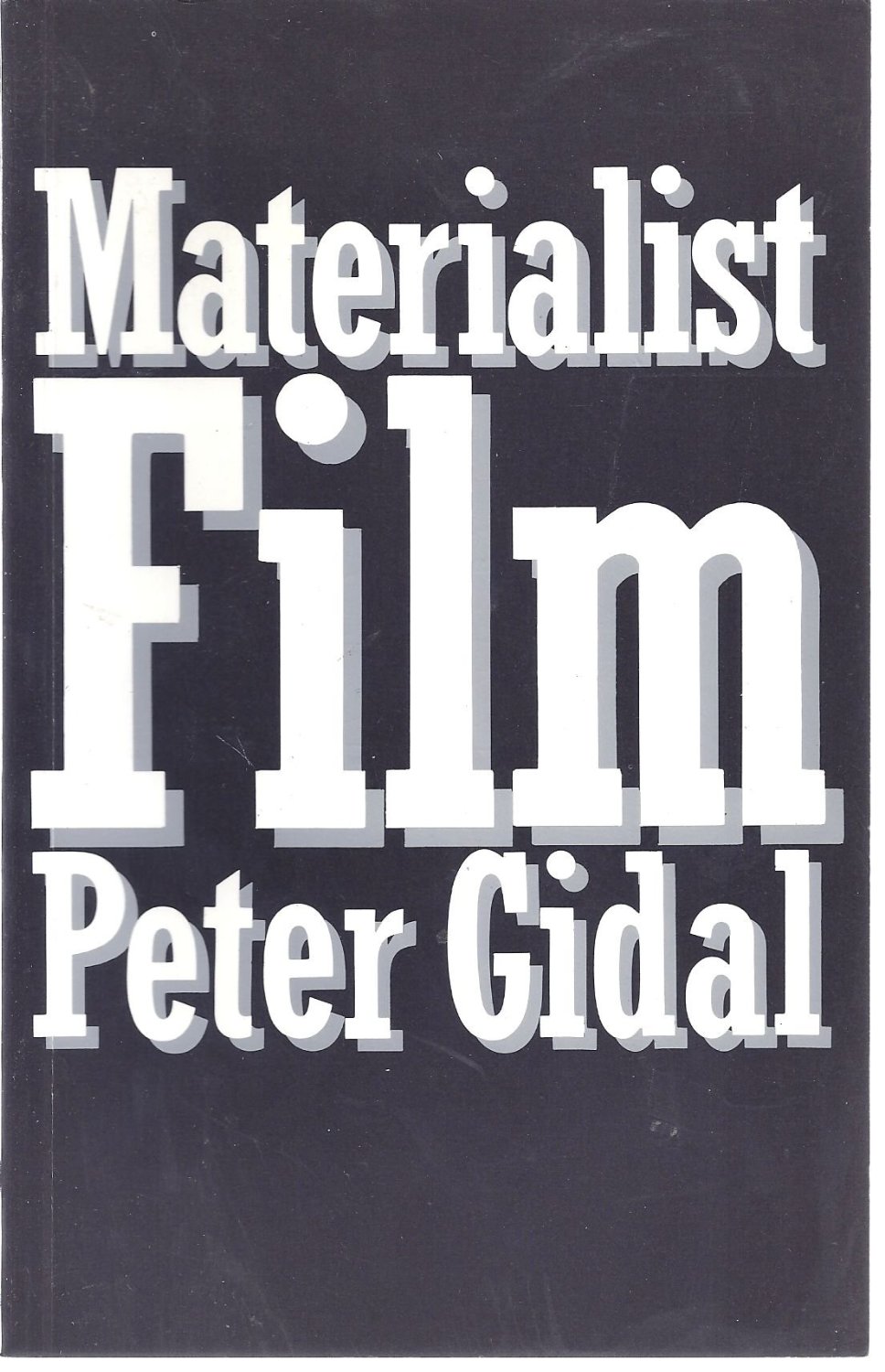D. Fox Harrell: Phantasmal Media: An Approach to Imagination, Computation, and Expression (2013)
Filed under book | Tags: · agency, artificial intelligence, cognition, computation, computing, epistemology, ethnicity, imagination, interface, meaning, media, metaphor, narrative, new media art, poetics, power, race, self, semiotics, subjectivity, technology, theory, video games

“An argument that great expressive power of computational media arises from the construction of phantasms—blends of cultural ideas and sensory imagination.
In Phantasmal Media, D. Fox Harrell considers the expressive power of computational media. He argues, forcefully and persuasively, that the great expressive potential of computational media comes from the ability to construct and reveal phantasms—blends of cultural ideas and sensory imagination. These ubiquitous and often-unseen phantasms—cognitive phenomena that include sense of self, metaphors, social categories, narrative, and poetic thinking—influence almost all our everyday experiences. Harrell offers an approach for understanding and designing computational systems that have the power to evoke these phantasms, paying special attention to the exposure of oppressive phantasms and the creation of empowering ones. He argues for the importance of cultural content, diverse worldviews, and social values in computing. The expressive power of phantasms is not purely aesthetic, he contends; phantasmal media can express and construct the types of meaning central to the human condition.
Harrell discusses, among other topics, the phantasm as an orienting perspective for developers; expressive epistemologies, or data structures based on subjective human worldviews; morphic semiotics (building on the computer scientist Joseph Goguen’s theory of algebraic semiotics); cultural phantasms that influence consensus and reveal other perspectives; computing systems based on cultural models; interaction and expression; and the ways that real-world information is mapped onto, and instantiated by, computational data structures.
The concept of phantasmal media, Harrell argues, offers new possibilities for using the computer to understand and improve the human condition through the human capacity to imagine.”
Publisher MIT Press, 2013
ISBN 9780262019330, 0262019337
xix+420 pages
Reviews: John Harwood (Artforum, 2014), Brian Reffin Smith (Leonardo, 2015).
Comment (0)Peter Gidal: Materialist Film (1989)
Filed under book | Tags: · abstraction, aesthetics, avant-garde, bourgeoisie, cinema, experimental film, film, film history, ideology, illusion, image, meaning, narrative

“A polemical introduction to the avant-garde and experimental in film (including making and viewing), Materialist Film is a highly original, thought-provoking book.
Thirty-seven short chapters work through a series of concepts which will enable the reader to deal imaginatively with the contradictory issues produced by experimental film. Each concept is explored in conjunction with specific films by Andy Warhol, Malcolm LeGrice, Lis Rhodes, Jean-Luc Goddard, Rose Lowder, Kurt Kren, and others.
Peter Gidal draws on important politico-aesthetic writings, and uses some of his own previously published essays from Undercut, Screen, October, and Millennium Film Journal to undertake this concrete process of working through abstract concepts.”
Publisher Routledge, 1989
ISBN 0415003822, 9780415003827
189 pages
via maxp
Review: Wheeler Winston Dixon (Prairie Schooner, 1990)
PDF (10 MB, updated on 2016-12-24)
Comment (0)Jakob von Uexküll: A Foray Into the Worlds of Animals and Humans: A Picture Book of Invisible Worlds (1934–) [DE, EN, FR]
Filed under book | Tags: · animal, biology, environment, meaning, nature, perception, philosophy, plants, psychology, semiotics, subjectivity, time, umwelt

““Is the tick a machine or a machine operator? Is it a mere object or a subject?” With these questions, the pioneering biophilosopher Jakob von Uexküll embarks on a remarkable exploration of the unique social and physical environments that individual animal species, as well as individuals within species, build and inhabit. This concept of the umwelt has become enormously important within posthumanist philosophy, influencing such figures as Heidegger, Merleau-Ponty, Deleuze and Guattari, and, most recently, Giorgio Agamben, who has called Uexküll “a high point of modern antihumanism.”
A key document in the genealogy of posthumanist thought, A Foray into the Worlds of Animals and Humans advances Uexküll’s revolutionary belief that nonhuman perceptions must be accounted for in any biology worth its name; it also contains his arguments against natural selection as an adequate explanation for the present orientation of a species’ morphology and behavior. A Theory of Meaning extends his thinking on the umwelt, while also identifying an overarching and perceptible unity in nature. Those coming to Uexküll’s work for the first time will find that his concept of the umwelt holds new possibilities for the terms of animality, life, and the framework of biopolitics.”
German edition
With illustrations by George Kriszat
Publisher J. Springer, Berlin, 1934, 102 pages
New edition, with the essay “Bedeutungslehre”, with a Foreword by Adolf Portmann, Rowohlt, Hamburg, 1956, 182 pages
English edition
Translated by Claire H. Schiller
In Instinctive Behavior: The Development of a Modern Concept, pp 5-80
Publisher International Universities Press, New York, 1957
Reprinted in Semiotica 89(4), 1992, pp 319-391
New English edition, with the essay “A Theory of Meaning”
Translated by Joseph D. O’Neil
Introduction by Dorion Sagan
Afterword by Geoffrey Winthrop-Young
Publisher University of Minnesota Press, 2010
Posthumanities series, 12
ISBN 9780816658992
272 pages
Reviews and commentaries: Levi R. Bryant (2010), Robert Geroux (Humanimalia, 2012), Franklin Ginn (Science as Culture, 2013).
Streifzüge durch die Umwelten von Tieren und Menschen (German, 1934)
Streifzüge durch die Umwelten von Tieren und Menschen. Bedeutungslehre (German, 1934/1956)
A Stroll Through the Worlds of Animals and Men (English, trans. Claire H. Schiller, 1957)
A Stroll Through the Worlds of Animals and Men (English, trans. Claire H. Schiller, 1957/1992)
Mondes animaux et monde humain suivi de La théorie de la signification (French, trans. Philippe Muller, 1965)
A Foray Into the Worlds of Animals and Humans, with a Theory of Meaning (English, trans. Joseph D. O’Neil, 2010)
See also chapters 10-11 of Agamben’s The Open: Man and Animal: Umwelt; Tick (2002/2004)
Comment (0)
